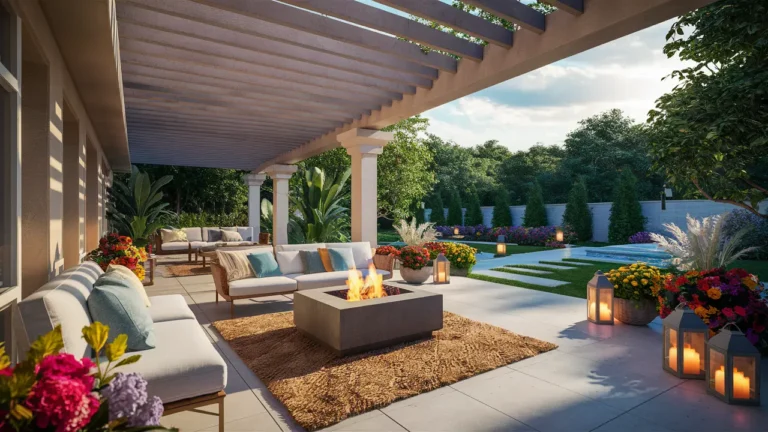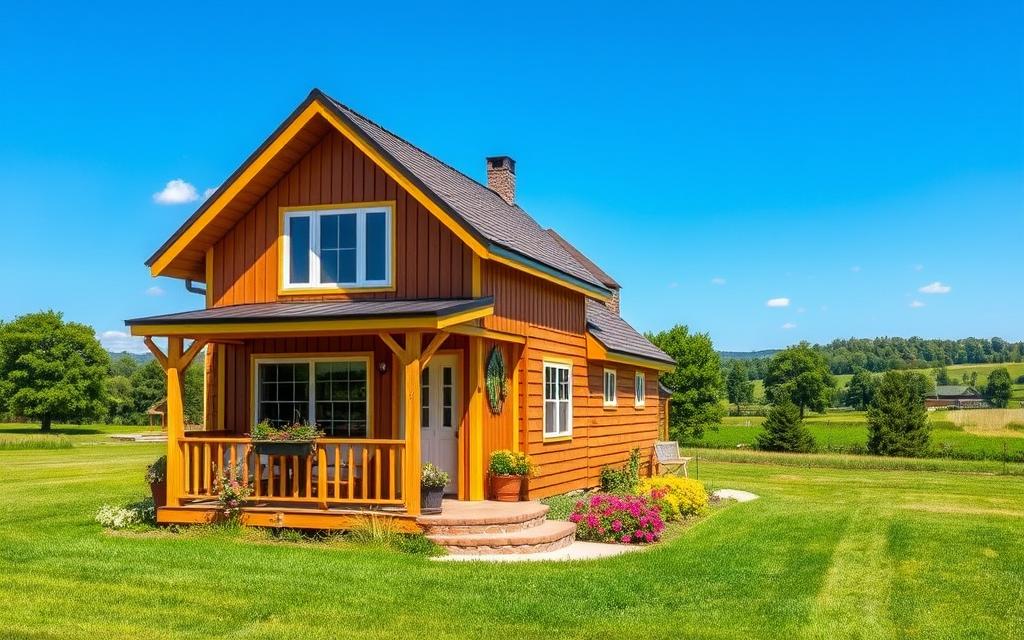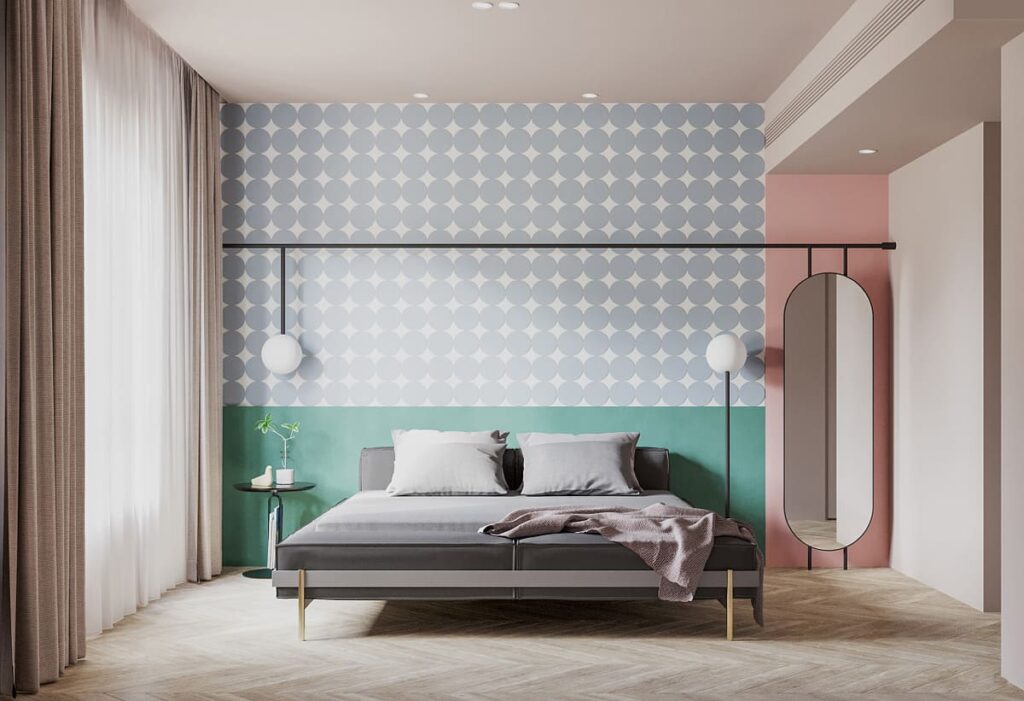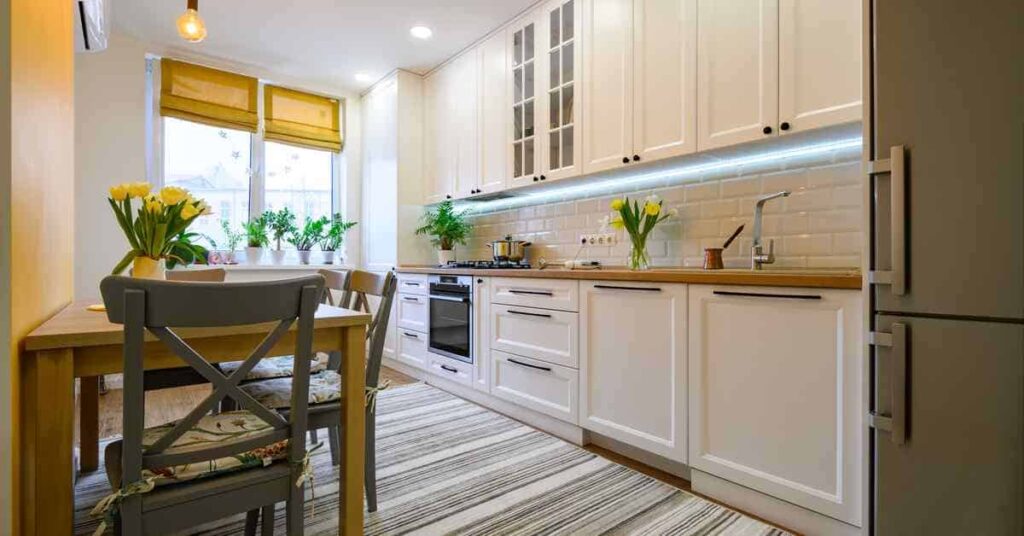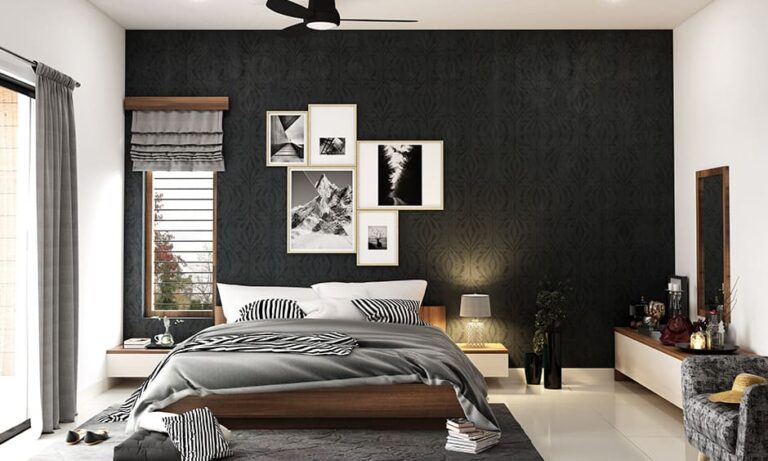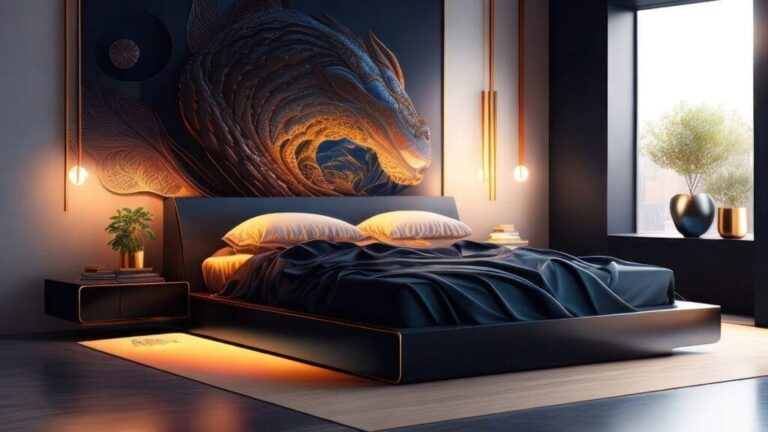The tiny farmhouse movement has gained popularity in recent years. It appeals to those wanting a simpler, more sustainable lifestyle. Tiny farmhouse plans offer a solution for designing a cozy dream home in a compact space.
This article will explore the benefits of downsized living. We’ll look at essential features and practical strategies for creating a compact homestead. It will be tailored to your unique needs.
Understanding the Tiny Farmhouse Movement
The tiny farmhouse movement combines modern simplicity with rural charm. It offers a peaceful escape from city life. People find joy in living simply and sustainably in these small spaces.
Modern Minimalism Meets Rural Charm
Tiny farmhouse designs mix modern lines with rustic charm. They feature exposed beams and weathered wood. This blend creates a cozy, modern space that feels like home.
Benefits of Downsized Living
- Reduced financial burden and maintenance costs
- Increased energy efficiency and environmental sustainability
- Intentional living with a focus on experiences over possessions
- Streamlined, multi-functional spaces that maximize limited square footage
Sustainability Features
Tiny farmhouse designs focus on being eco-friendly. They use energy-efficient appliances and renewable materials. This helps reduce waste and supports a greener future.

“The tiny farmhouse movement is not just about downsizing, but about finding joy in the simplicity of life and creating a harmonious relationship with the natural world.”
Essential Features of Tiny Farmhouse Plans
Minimalist rural homes focus on function and simplicity. Tiny farmhouse plans are a perfect example. They use space wisely and look beautiful in their simplicity.
Open floor plans are a key feature of these homes. They remove walls to create a big, open space. This makes the home feel airy and connected.
This design lets you move easily between the kitchen, living, and dining areas. It’s a smart way to use every inch of space.
- Farmhouse-inspired design features, such as exposed beams, shiplap walls, and rustic accents, lend a charming, timeless aesthetic to these compact rural homes.
- Flexible, multifunctional spaces, such as a combined living and dining room or a workspace nook, enable homeowners to customize the layout to suit their unique needs and lifestyle.
- Efficient storage solutions, including built-in cabinetry, shelving, and hidden storage compartments, help to maintain a clutter-free and organized living environment.
These features make tiny farmhouse plans special. They offer a mix of minimalist rural homes and space-efficient country houses. They create cozy, functional spaces that show off the beauty of petite homestead architecture.

“The beauty of tiny farmhouse plans lies in their ability to seamlessly combine modern minimalism with the charming character of rural living.”
Space-Efficient Layout Strategies
Designing a compact home means using every inch wisely. Tiny farmhouse plans need careful thought to make a cozy and useful space. Let’s look at some smart ways to make your compact home blueprints into a perfect tiny living spaces.
Multi-functional Room Design
In space-efficient country houses, every inch matters. Using rooms that do more than one thing is key. Think about furniture that changes, like murphy beds or sofas that turn into beds, to save space.
Storage Solutions
Storing things well is crucial in tiny farmhouses. Use smart storage like built-in shelves or hidden spots to keep things tidy. Also, use wall space with racks or baskets to keep things organized and out of the way.
Vertical Space Utilization
In small homes, think up, not out. Use tall ceilings, lofts, and multi-level designs to add space. This makes your home feel bigger and gives you more room for living or storage.

“The key to a successful tiny farmhouse design is to create a sense of openness and functionality within a limited footprint.”
Popular Tiny Farmhouse Architectural Styles
The tiny farmhouse movement is growing fast, with many architectural styles popping up. You can find everything from rustic cottages to modern farmhouses. This movement lets homeowners explore many different looks.
The modern farmhouse style is very popular. It combines clean lines, simple colors, and minimal decor. These homes have big windows, open spaces, and blend indoor and outdoor areas perfectly.
The rustic cabin style is all about natural beauty. It has exposed beams, stone, and warm colors. These homes feel cozy and connect you to nature. They use local materials for a sustainable feel.
The classic cottage style is perfect for those who love traditional country homes. These homes have fun details like dormers and porches. They mix old-world charm with today’s comforts.
With so many styles, homeowners can make their tiny farmhouse truly their own. Each home reflects the owner’s style and vision.
Interior Design Elements for Small Farm Homes
Designing cozy tiny farmhouse plans is all about the right interior design. Choosing rustic materials, colors, and lighting is key. Each element helps make these homes welcoming and harmonious.
Rustic Material Selection
Using natural materials brings charm to downsized farm homes. Raw wood, stone, and reclaimed items add a rural feel. Textures like weathered beams and exposed brick make the space warm and inviting.
Color Schemes and Lighting
Muted colors inspired by nature fit perfectly with the rustic look. Earthy tones and soft neutrals create a calming feel. Adding natural hues like sage green or terracotta adds warmth. Smart lighting highlights the home’s features and adds coziness.
Space-saving Furniture Options
- Multifunctional furniture, like ottomans with storage, saves space without losing style.
- Compact seating and tables change with your needs, making the space versatile.
- Wall-mounted shelves and built-in cabinets keep the home tidy and organized.
With thoughtful design, these homes become both functional and charming. They blend the beauty of rural life with modern minimalism.
Planning Your Compact Homestead Layout
When designing a petite homestead architecture, planning is key. You want to fit your space-efficient country houses into the landscape well. This means placing your downsized farm dwellings, outdoor spaces, gardens, and small farms just right.
Begin by looking at your land’s natural features. Think about the terrain, sunlight, and wind. This helps you place your tiny farmhouse for the best energy use and comfort. Add an outdoor area like a patio or deck for great views and a natural feel.
- Choose a spot for a kitchen garden or small farm that’s easy to get to and space-smart.
- Think about using raised beds, vertical gardens, and small animal areas to grow more food.
- Find a good spot for storage sheds, workshops, or other buildings to help with your homesteading without ruining the look or feel of your place.
With smart planning, your petite homestead architecture can be both beautiful and practical. Your space-efficient country houses will fit well with the downsized farm dwellings around them. This design approach makes your tiny farmhouse look great and use your land wisely.
Building Regulations and Zoning Considerations
Building a tiny farmhouse means dealing with many rules and guidelines. You need to know about permits, where you can build, and size limits. This ensures your home fits local laws and codes.
Permit Requirements
You must get the right permits before starting. This includes submitting detailed plans and meeting safety standards. You’ll need approvals from planning and building departments. Be ready to show you follow all rules.
Location Guidelines
The place where you build your tiny farmhouse matters a lot. Some places have rules about what you can build, how big it can be, or where it can be. Talk to local officials to find the best spot for your home.
Size Restrictions
Size is key for a tiny farmhouse, but there are limits. Local laws might say how big or tall your home can be. Knowing these limits helps you design a home that’s just right for you and meets the law.
FAQ
What are the key features of a typical tiny farmhouse plan?
Tiny farmhouse plans often have open floor plans and spaces that serve more than one purpose. They also include design elements like exposed beams and rustic accents. These features help make the most of small spaces and create a cozy feel.
How can I make the most of the limited space in a tiny farmhouse?
To make the most of small spaces, consider multi-functional rooms and using vertical space. You can also use innovative storage solutions like built-in cabinetry and furniture with hidden spots.
What are the most popular architectural styles for tiny farmhouses?
Popular styles for tiny farmhouses include modern farmhouse, rustic cabin, and traditional cottage. These styles can be customized to fit your taste and the site of your home.
What interior design elements work best in a tiny farmhouse?
Rustic materials like reclaimed wood and natural stone are great for a farmhouse look. Warm colors, plenty of light, and space-saving furniture also add to the cozy feel of a tiny farmhouse.
What factors should I consider when planning the layout of a compact homestead?
When planning a compact homestead, think about outdoor living spaces and gardens. It’s also important to make sure the tiny farmhouse fits well with its surroundings.
What building regulations and zoning considerations should I be aware of when designing a tiny farmhouse?
When designing a tiny farmhouse, you need to know about permits, location rules, and size limits. It’s important to follow local building codes and zoning laws to avoid problems during planning and construction.



